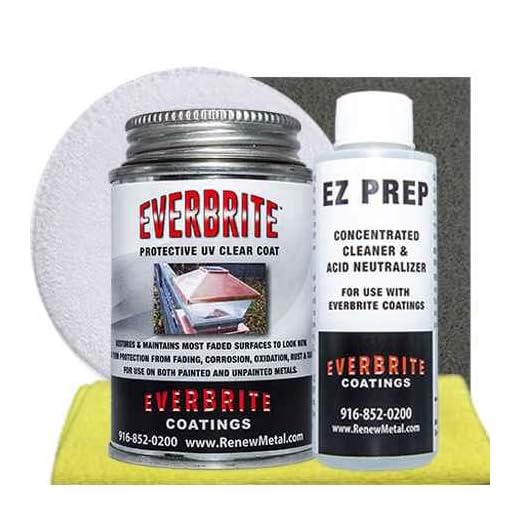
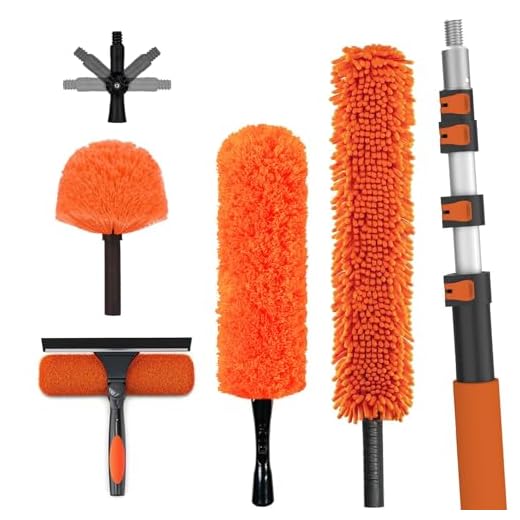


Begin with a solution that requires no advanced machinery or expensive tools. A simple mixture of water and mild detergent sprayed from a garden sprayer or applied with a soft brush can yield impressive results. This method has worked wonders for me during various maintenance tasks, allowing me to preserve the integrity of surfaces while removing dirt and grime effectively.
Utilise a soft-bristle brush; it’s gentle on the material yet firm enough to eliminate debris that has settled over time. Scrub gently in circular motions to avoid any abrasions on the surface. A little elbow grease goes a long way, and this method can bring back the original appearance of long-neglected areas.
For those stubborn stains, a paste made of baking soda and water applied directly to the affected area can assist in dislodging even the most tenacious residues. Allow it to sit for several minutes before scrubbing with your brush; this will enhance the effectiveness drastically.
Don’t overlook the importance of rinsing after your efforts. A simple bucket of water or hose can help wash away any remaining detergent or grime, ensuring a thorough finish. Regular maintenance with these techniques can dramatically extend the life and beauty of your exterior surfaces.
Effective Strategies for Exterior Surface Maintenance
Utilise a mixture of warm water and a mild detergent to scrub away grime. A bucket filled with this solution can be your best ally. Use a soft-bristle brush or a sponge to apply the mixture, ensuring you cover the area thoroughly. Rinse with clean water after scrubbing, using a garden hose to wash away residues.
For stubborn stains or mildew, consider adding vinegar to the solution. A ratio of one part vinegar to four parts water creates a potent cleaning agent. Apply this with the same method as before, allowing it to sit for a few minutes before rinsing. Always spot-test on a discreet section first to prevent damage.
A homemade baking soda paste can also be highly effective for tough spots. Mix water with baking soda until a thick paste forms, apply directly to the stained area, and scrub gently. Leave it for 10-15 minutes before rinsing well with water.
Use a simple tool like a garden sprayer to facilitate application of various solutions over large surfaces. This allows for more even distribution and minimizes effort, especially on vertical sections.
Consider timing; choose a cooler day with cloudy skies for this task. High temperatures may cause cleaning solutions to dry too quickly before you have a chance to rinse them off, potentially leaving streaks.
Regular maintenance will reduce the need for intensive cleaning sessions in the future. Keeping surfaces free of leaves, dirt, and debris promotes longevity and reduces buildup, making every aspect of exterior upkeep easier in the long run.
Finally, protect plants and landscaping by covering them with tarps or plastic sheets when using cleaning solutions. This prevents accidental contact with harsh substances that might harm vegetation.
Selecting the Right Cleaning Solution for Your Siding Material
Choosing a suitable cleaning agent is critical for maintaining the appearance and longevity of your exterior surfaces. Each material requires a specific formulation to maximise efficacy while preventing damage.
Vinyl and Aluminium
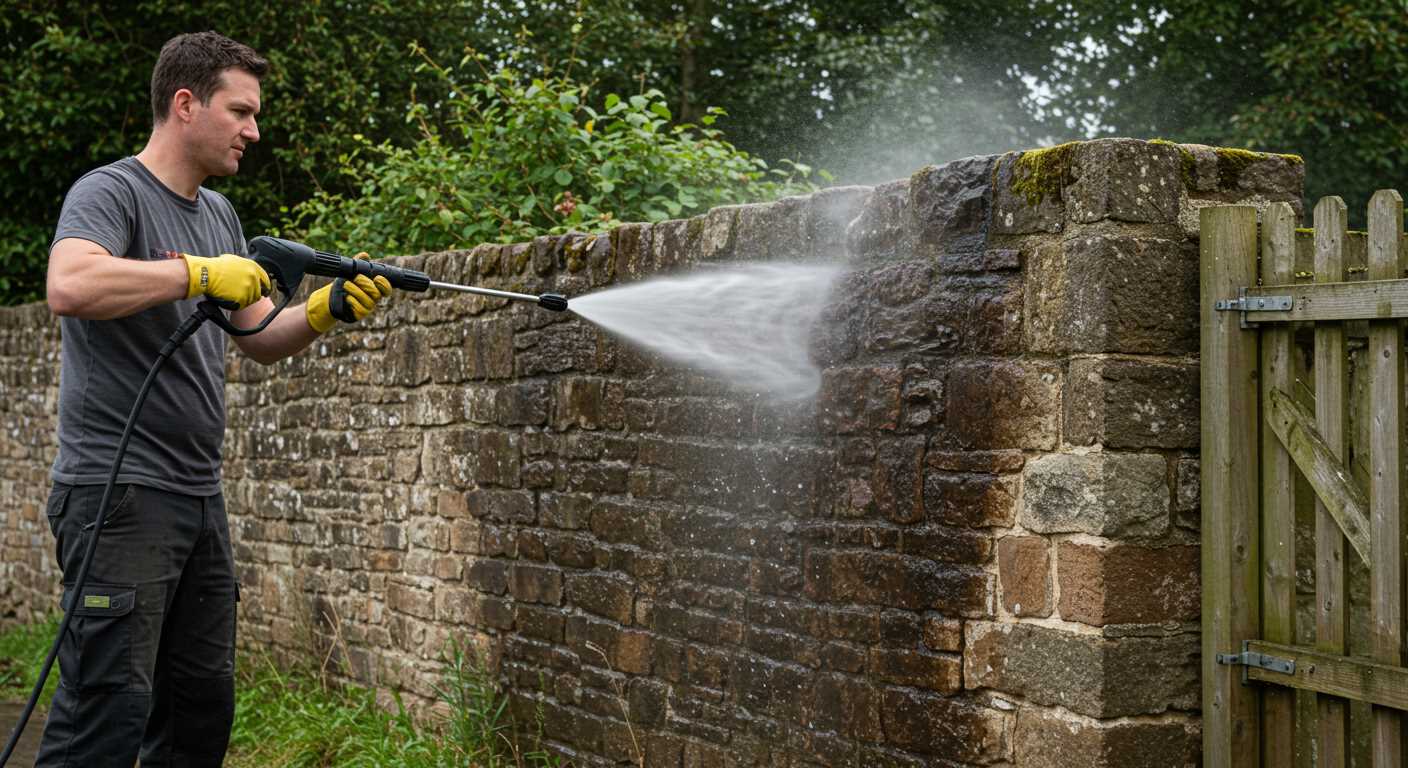
For vinyl and aluminium finishes, a mix of simple dish soap and warm water is often effective. Use a mild detergent to avoid harming the surface. Rinse thoroughly to prevent any soap residue from dulling the sheen.
Wooden Surfaces
On wooden structures, opt for a gentle wood cleaner designed for exterior use. Products containing bleach can help eliminate mildew, while ensuring compliance with manufacturer guidelines will maintain the integrity of the wood.
Best Tools for Manual Cleaning of House Siding
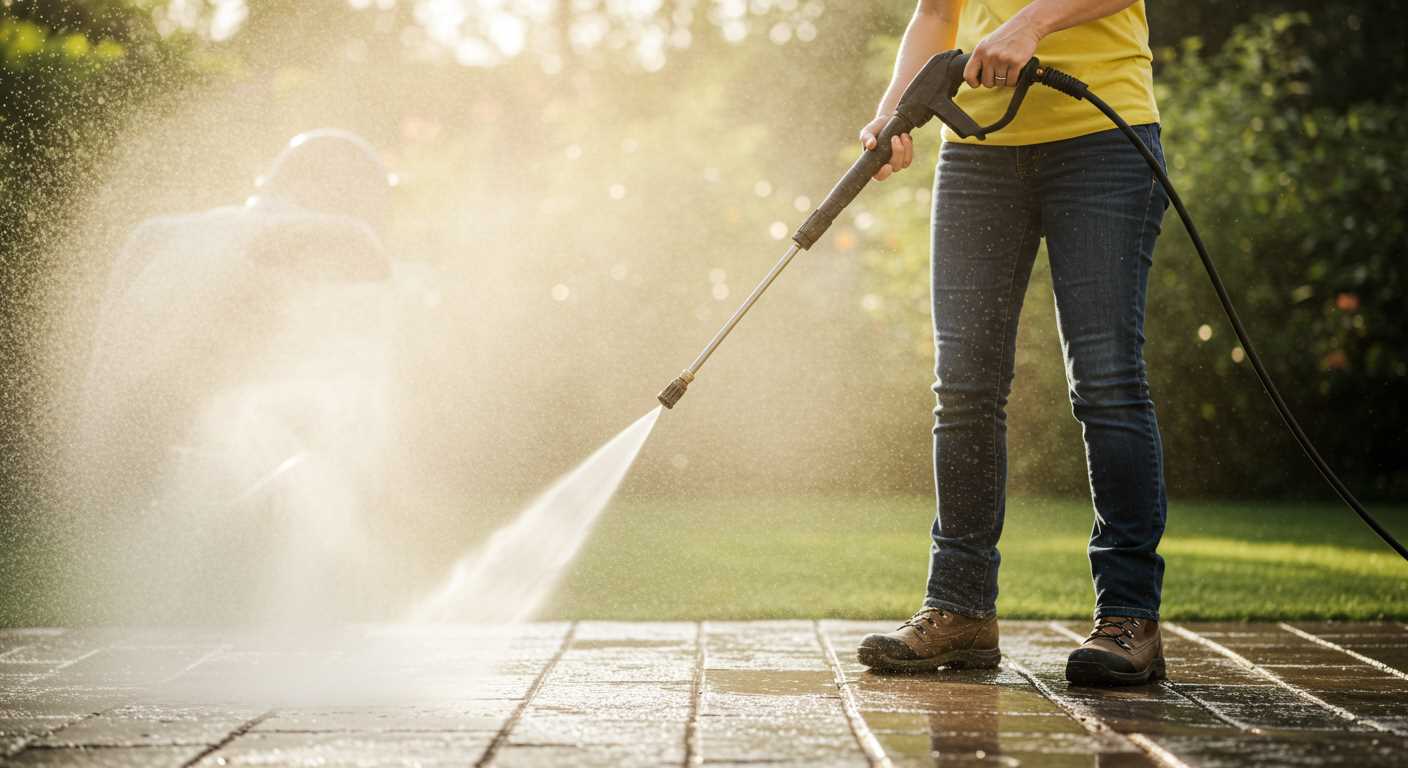
The use of the right tools can significantly ease the process of maintaining exterior surfaces. The key items to have on hand include:
Bristle Brushes
A sturdy bristle brush is indispensable. Choose one with stiff bristles to effectively dislodge dirt and debris from textured surfaces. A long handle will help you reach high areas without risk of injury.
Extension Poles
When dealing with elevated sections, extension poles are necessary. These can be fitted with brushes, microfiber cloths, or even sponges to facilitate access to hard-to-reach spots.
| Tool | Function | Recommendation |
|---|---|---|
| Bristle Brush | Dislodging dirt and debris | Stiff bristles; long handle for reach |
| Extension Pole | Accessing high areas | Adjustable length; compatible with various attachments |
| Microfiber Cloths | Wiping and polishing | Reusable; lint-free; safe for all surfaces |
| Scrub Sponges | Stubborn stains removal | Soft and abrasive sides for versatility |
| Bucket | Solution mixing and rinsing | Sturdy and large enough for water storage |
Utilising these implements not only reduces physical strain but also enhances efficiency. Investing in quality tools will pay dividends in the ease of maintenance.
Step-by-Step Guide to Scrubbing Siding by Hand
Begin your task by preparing a mixture of warm water and a suitable cleaning solution tailored to the specific material of your exterior walls. Using a bucket, combine the two until thoroughly mixed.
Gather Necessary Equipment
- Stiff-bristle brush or sponge
- Bucket for mixing solution
- Garden hose for rinsing
- Non-abrasive cloths for drying
- Protective gloves and goggles
Dress appropriately, wearing gloves and goggles to protect your skin and eyes. Next, wet down the area with a garden hose to help loosen dirt and debris. Applying the solution, use a brush or sponge to scrub the surfaces methodically.
Scrubbing Technique
- Starting at the top, scrub downwards to prevent dirty water from running onto cleaned areas.
- Use circular motions and apply a little extra pressure in areas that seem more stained or stubborn.
- Rinse your brush or sponge frequently to avoid reapplying dirt.
- Rinse the section worked on with the hose after scrubbing to remove any soap residue.
Continue this process section by section, ensuring that you do not skip any part. Once finished, let the surface dry naturally, and inspect for any remaining spots that may require a second cleaning. Regular maintenance will help keep the exterior looking fresh.”
Using Soft Brushes and Sponges for Delicate Surfaces
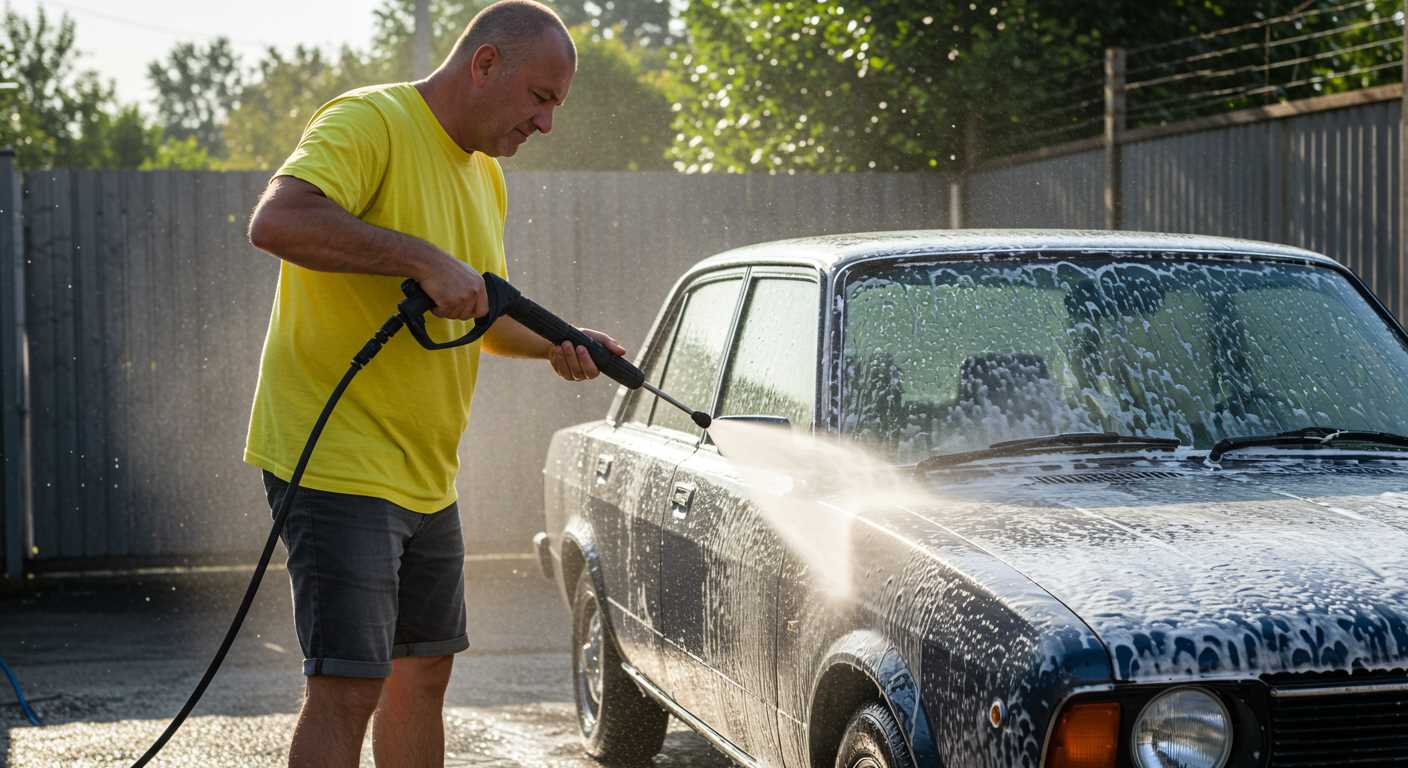
Utilising soft brushes and sponges provides a gentle yet effective method for tackling grime on sensitive exterior surfaces. Begin by selecting a brush with fine bristles, which can dislodge dirt without scratching the finish. Look for materials such as microfiber or synthetic fibres, as they offer excellent dirt retention while remaining gentle enough for painted or vinyl surfaces.
Brush Techniques
For optimal results, dip the brush into your chosen cleaning solution and start scrubbing from the bottom up, working in sections. This technique ensures that any cleaner that drips down won’t re-soil areas you’ve already worked on. Apply light pressure to avoid damaging the surface. Ensure to rinse your brush frequently to remove accumulated dirt and prevent it from spreading.
Sponges and Their Benefits
Soft sponges are another great alternative. They excel in reaching crevices and corners where brushes may struggle. Opt for non-abrasive sponges that won’t scratch the surface. When using a sponge, soak it in the cleaning solution, then lightly wipe the area, rinsing the sponge often to keep it effective. This method can be particularly beneficial for materials like cedar or certain types of painted surfaces that require a gentle touch.
Addressing Stubborn Stains and Mildew on Siding
For persistent discolouration and mildew, a targeted approach proves most effective. Begin by mixing a solution of one part bleach to three parts water. This mixture tackles mould and algae effectively. Ensure proper ventilation and wear gloves during this process.
Apply the solution using a spray bottle or sponge directly onto the affected areas. Allow it to sit for up to 10 minutes. This dwell time enables the solution to penetrate and break down the stains. Be cautious; do not let the solution dry on the surface.
For dry, caked-on dirt, use a putty knife or plastic scraper to gently remove excess debris before applying the solution. Follow up with a soft brush to scrub the area lightly, ensuring not to damage the material. Rinse thoroughly with clean water after scrubbing to remove any residues.
Alternative treatments include white vinegar or specialised cleaners available in home improvement stores. Vinegar can be applied in its undiluted form for a natural yet effective option against mildew.
Check the manufacturer’s recommendations for any specific cleaning products suitable for your material type. Taking time to test any solution on a small, inconspicuous area first is wise, ensuring it does not cause any discolouration or damage.
Regular maintenance and vigilant inspection can prevent severe mildew and staining from developing. Schedule routine inspections, especially in damp or shaded areas prone to growth.
Maintenance Tips for Keeping Your Siding Clean Long-Term
Regular inspections are key to identifying dirt, grime, or potential mildew growth before they become persistent issues. Aim to check your exterior monthly or quarterly, depending on your surroundings.
Utilising a gentle brushing technique while addressing removal can prevent scratches and deterioration on the surface. I recommend a soft-bristled brush for ongoing maintenance, adjusting the pressure based on the material.
Incorporate a seasonal wash into your upkeep routine, especially in spring and autumn. This will help remove debris accumulated during harsher weather and reduce the risk of long-term stains.
Keep vegetation trimmed back to minimise organic material that can lead to discolouration and growth. Positioning plants at a distance from surfaces can also enhance airflow, which naturally aids drying and reduces damp conditions.
Consider applying a protective sealant appropriate for your exterior type. This can afford additional shielding from contaminants, making cleanings easier and extending the life of your surfaces.
Monitor environmental changes that may affect cleanliness. Heavy rain, nearby construction, or increased pollen levels can result in faster accumulation of dirt and debris. Adapt your cleaning schedule accordingly.
For stubborn areas, maintain a mix of baking soda and water ready to tackle specific stains more effectively. This natural solution can provide targeted treatment without harsh chemicals.
Finally, avoid abrasive materials that could scratch your exteriors. Choose non-corrosive tools and be mindful of the pressure applied during any manual cleaning process to preserve the material integrity.



